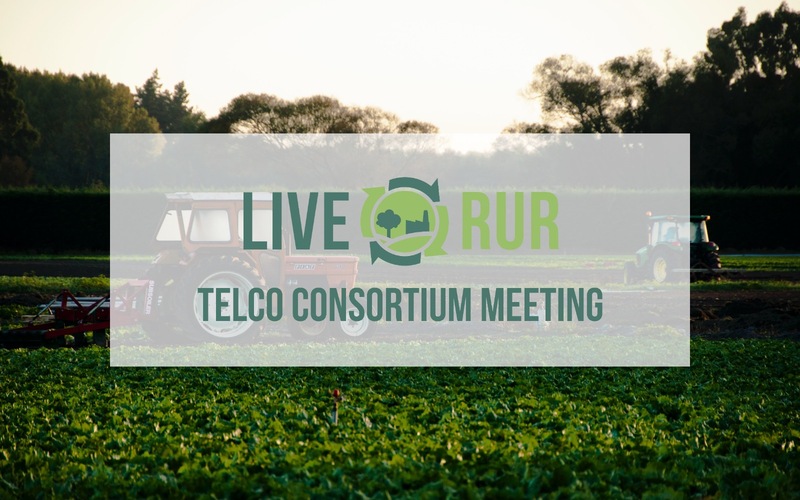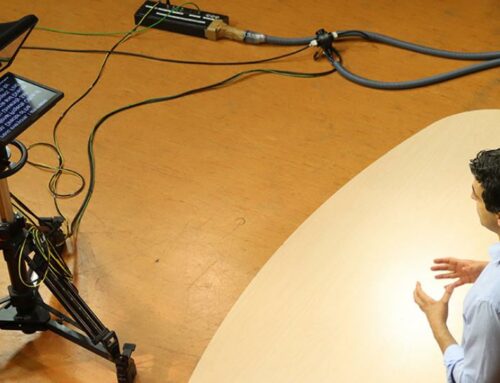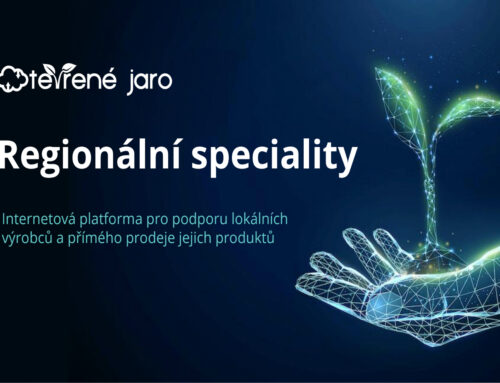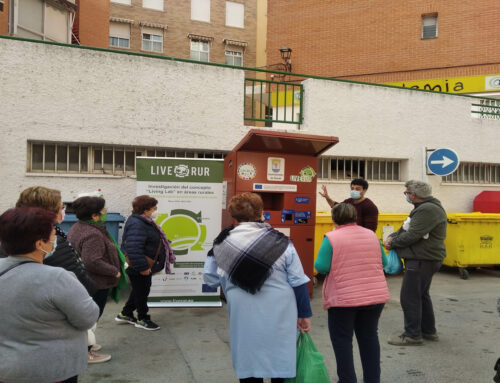On June 30, the 5th Project Meeting of the LIVERUR project was held.
This time, the consortium meeting had to be held via videoconference, due to the COVID-19
The day was divided into two sessions: the morning session was compulsory for all members and it discussed the different advances and achievements achieved so far, as well as the next steps to be taken. In the afternoon session, 3 workshops were organized with different themes in which the partners and their stakeholders could participate.
Presenting progress in implementing the pilot Living Labs and the toolkit was one of the topics covered during the day. Our FRTC AZORES partners explained this stage that they are carrying out and the different tasks that they have created to explain this implementation process.
TASK 5.1 consists of bringing together all the stakeholders in the project for its implementation. The main objective is to add Living Las methodologies to bring together and involve all relevant parties in a Mixed Association of People.
The first step they carry out is to analyze any territory, to know their business characteristics and their participation features. All this leads us to build a Taxonomy of users and above all to characterize each of the participants and stakeholders.
TASK 5.2 aims to implement the developed guide.
In task 4.4 and testing of the regional life laboratory technique recently created in the pilot areas.
The short-term objective of the LIVERUR project is to improve knowledge of the business models that grow in rural areas, including understanding their potential. In the long term, the project will increase the potential for rural economic diversification. To achieve these objectives, a new business model for circular rural life laboratories was developed and will be tested in 13 pilot areas, with their own specificities and cultural contexts.
A Quick Guide has been created whose specific objectives are: To introduce tools to help establish a Living Lab; Identify tools to help users of the Living Lab; Have flexible, adjustable tools on a case-by-case basis; Build easy-to-use and easy-to-use tools; Learn good practices; Import tools from other toolboxes (already tested).
FRTC AZORES partners will also present a Living Lab worksheet. It is an adaptation of the startup accelerator worksheet prepared by Nesta to the context of Living Labs. It has a set of questions to help promoters think about features, activities and administration of the Living Lab, according to its context specific. The answer to these questions will result in a basic guide on how Living Lab will work. It is built on initial ideas, which should be discussed with other stakeholders. Your comments and inputs should be used to iterate and improve the first plan.
TASK 5.4 seeks the exchange of knowledge and experiences. Entry, therefore its scientific results of the project and pilot results; exchange of good practices with other projects.
Finally, TASK 5.5 is the creation of a step-by-step guide to help LIVERUR partners establish pilot life laboratories in their regions. It is based on a step-by-step diagram, which will guide the team responsible for configuring the pilot, through a logical sequence of steps. It is divided into Configuration of a Living Lab, Project
At the end of the pilots, best practices will be inserted among the pilots.






